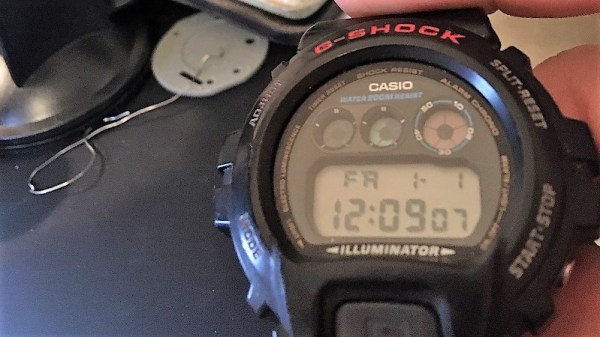On an old fashioned bench a signal generator was once an indispensable instrument, but has now largely been supplanted by the more versatile function generator. Sometimes there’s a less demanding need for a clock signal though, and one way that might be served comes from [Rupin Chheda]’s square wave generator. It’s a small PCB designed to sit at the end of a breadboard and provide handy access to a range of clocks.
On the board is a crystal oscillator running at the usual digital clock frequency of 32.768 kHz, and a CMOS divider chain. This provides frequencies from 2048 Hz down to 0.5 Hz for good measure. It’s a simple but oh-so-useful board, and we can imagine more than a few of you finding space for it on your own benches.
This project is part of our awesome 2025 One Hertz Challenge, celebrating all the things which strut their stuff once a second. It’s by no means the first to feature a 32.768 kHz divider chain, and if you have a similar project there’s still time to enter.














